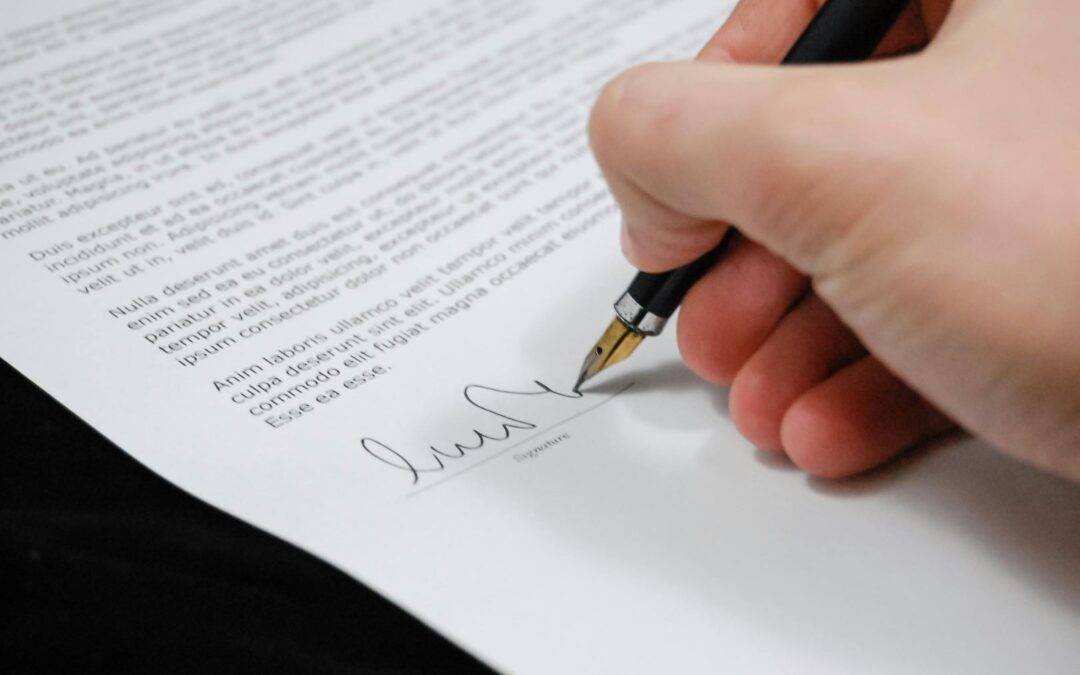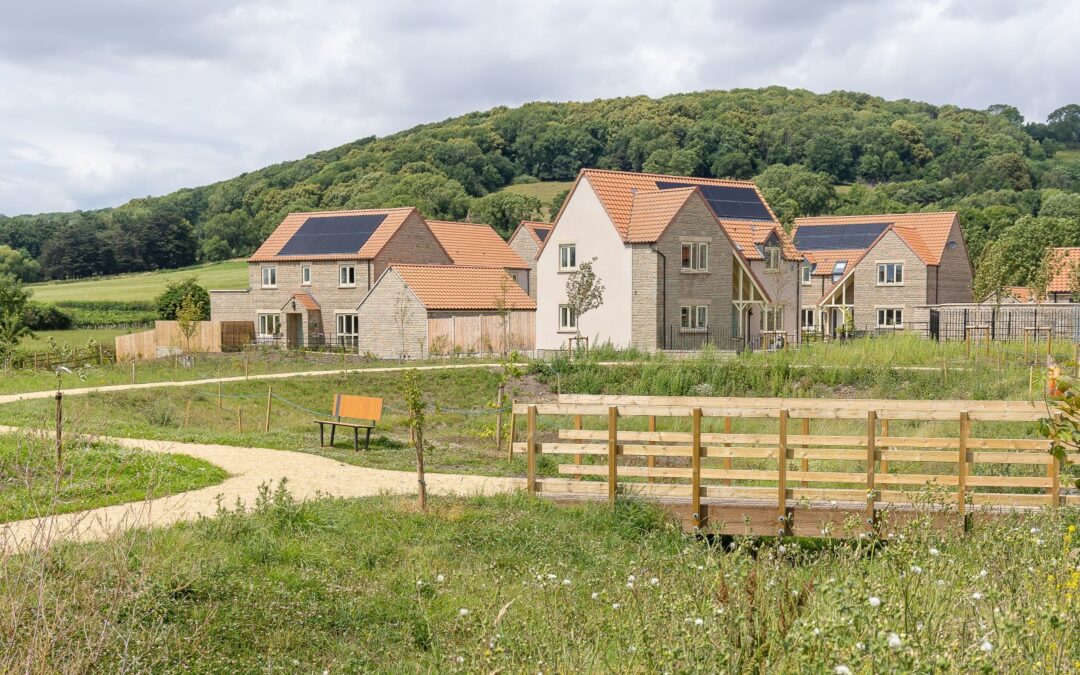Saving for a house deposit is often the one thing holding first-time buyers back from becoming homeowners. The concept of a 100% mortgage, where you need zero deposit saved up, might sound too good to be true. Surprisingly, it’s not.
While they aren’t as common as they once were, especially after the 2008 financial crisis, 100% mortgages are making a comeback. In 2023, Skipton Building Society re-launched its 100% mortgage in an attempt to help renters finally make their way onto the ladder. Could you be eligible?
Let’s take a look at the 100% mortgage in more detail…
- What is a 100% mortgage?
- How does a 100% mortgage work?
- Who are 100% mortgages for?
- 100% eligibility criteria: do you meet the requirements?
- Do I need a guarantor for a 100% mortgage?
- What are the pros and cons of a 100% mortgage
- What are the alternatives to a 100% mortgage?
What is a 100% mortgage?
A 100% mortgage is a type of home loan where the lender finances the entire purchase price of the property, requiring no down payment or deposit from the buyer. Essentially, the borrower can obtain a mortgage without contributing any upfront cash, making it more accessible to get on the property ladder.
Can you get a 100% mortgage on a new build?
A 100% mortgage is available on new build houses, however, is not available on new build flats.
How does a 100% mortgage work?
A 100% mortgage works in a similar way to a regular mortgage in many ways. For example, like any other mortgage, the borrower will be required to make monthly payments that cover both the interest and the principal over the loan term. Similarly, borrowers can also choose between fixed and variable rate mortgages, and have the choice of standard loan terms.
That said, there are some differences, the biggest being that there is no down payment. Traditionally, you can expect to pay a deposit of 5-10% as a first-time buyer. Also, since zero deposit mortgages pose a higher risk to lenders, the approval criteria are often stricter and you may require a guarantor.
Who are 100% mortgages for?
A 100% mortgage is an attractive proposition for most homebuyers, yet, the initiative is particularly appealing for the following groups:
1. First-time buyers
As a first-time buyer, you can often struggle with saving for a substantial deposit while managing rent and other living expenses. In this situation, a 100% mortgage can provide an entry point into the property market without needing to save tens of thousands of pounds upfront.
2. Long-term renters
In regions where rental prices are skyrocketing, which is currently happening in many regions across the nation, you may find that monthly mortgage payments are more affordable than renting. It’s just the upfront deposit cost that’s holding you back. The 100% mortgage eliminates this barrier and makes homeownership possible.
Skipton’s Building Society originally re-launched the 100% mortgage for long-term renters who have a track record of at least 12 months of renting. That’s why they called it the ‘Track Record Mortgage’. Now, they’ve also released a Shared Ownership version along with an increase in the maximum term from 35 to 40 years to both.
3. Young professionals
Young professionals often have the income to afford monthly mortgage payments but lack the time to save for a deposit. A 100% mortgage is a great way to jumpstart homeownership as early as possible without having to wait until you’ve saved enough for a down payment.
4. Low to moderate-income families
Many families dream of one day owning their own home to raise their children and create lasting memories. However, those on low to moderate incomes may find it difficult to save for a deposit while covering daily living costs (children are expensive!). Securing a 100% mortgage can make the dream of homeownership a reality if you meet the lending criteria but lack significant savings.
100% eligibility criteria: do you meet the requirements?
To be eligible for a 100% mortgage, applicants must be:
- More than 21 years old
- A first-time buyer
- A renter with a minimum of 12 months proof of rent paid
- Able to provide proof of paid bills for 12 months
- Looking for a loan of £600,00 or less
If you do have some money to put towards the deposit, it cannot be more than 5% of the property purchase price.
Do I need a guarantor for a 100% mortgage?
When securing a 100% mortgage, whether or not you require a guarantor will depend on the lender and your financial situation.
A guarantor is someone who would be responsible for paying your mortgage payments if you are unable to and miss payments as a result. They are essentially a back-up for lenders so they don’t lose out. Just like the borrower, a guarantor will be subject to credit checks to ensure they can afford to cover your mortgage payments in addition to their own.
When choosing a guarantor, you need to be careful and go for someone you can trust. If not, you may lose your house if you fail to make repayments.
If your lender does not require a guarantor, you may encounter other conditions. Typically, you will need to provide proof of having paid bills and rent on time or a ‘family deposit’ whereby a family member can put their savings into the lender’s account as collateral for your mortgage.
What are the pros and cons of a 100% mortgage
Advantages of 100% mortgages
No deposit required
The primary benefit of a 100% mortgage is that you don’t need to worry about paying a hefty deposit, allowing you to buy your home without cutting back living costs for years to save enough money.
Faster entry onto the property market
With no upfront payment required, you can enter the housing market sooner, potentially benefiting from property appreciation over time.
Avoid paying rent long-term
Not everyone wants to rent forever and this provides a way out. And for those of you in expensive rental markets, a 100% mortgage might mean lower monthly payments than rent, making it a financially smarter option.
Disadvantages of 100% mortgages
Higher interest rates
Since 100% mortgages are considered riskier, lenders often charge higher interest rates to offset this risk. As a result, borrowers are left with higher monthly payments.
Negative equity risk
If property values decline, you could end up owing more than your home is worth. This is known as negative equity, and it can limit your options for refinancing or selling.
Stricter eligibility requirements
Getting approved for a 100% mortgage can be challenging due to the strict credit checks and income requirements. For the Skipton’s Track Record Mortgage, you also have to be a long-term renter with at least 12 months of rental payments to prove.
| Pros of 100% mortgages | Cons of 100% mortgages |
| No deposit required | Higher interest rates |
| Faster entry onto the property market | Negative equity risk |
| Avoid paying rent long-term | Stricter eligibility requirements |
What are the alternatives to a 100% mortgage?
Deposit Unlock
The Deposit Unlock scheme enables first-time buyers to buy a new home with a deposit as low as 5% of the property price.
Learn more about Deposit Unlock.
Own New Rate Reducer
The Rate Reducer is a mortgage scheme that enables you to get a reduced rate on your mortgage for new builds, even as low as below 1%.
Learn more about the Rate Reducer scheme.
Shared Ownership
The Shared Ownership scheme allows you to purchase a share of a new home and pay rent on the remainder, meaning you have lower initial costs and deposits.
Find new properties for sale
Are your ready to start your property search? Discover thousands of new homes for sale with OnTheMarket.






